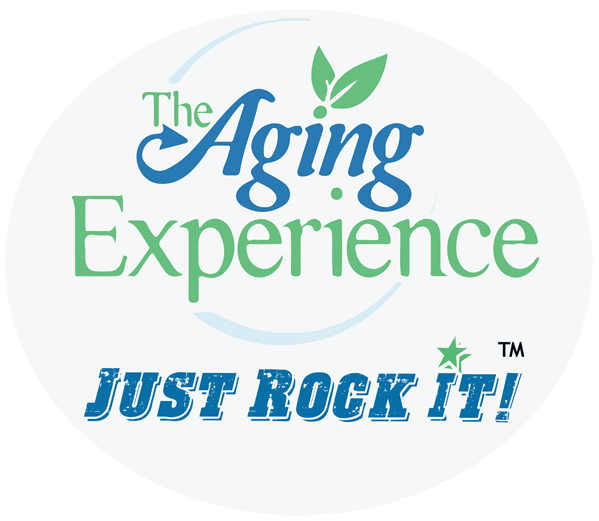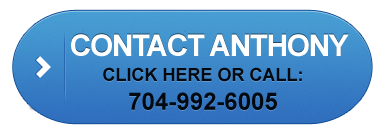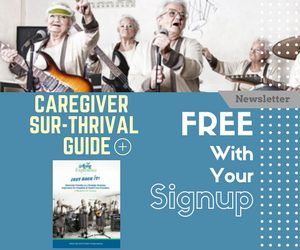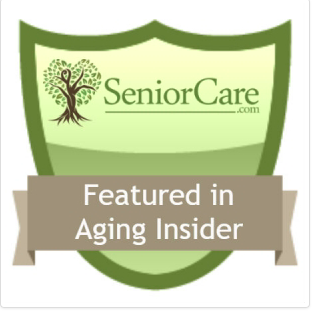Nursing Home Costs Top $84,000 a Year (VIDEO)
[embed_youtube”420″ height=”315″ src=”http://www.youtube.com/embed/7kTih-lakfU”]
Nursing Home Costs Top $84,000 a Year
The Genworth 2013 Cost of Care Survey shows that the cost of receiving care in a setting such as an assisted living facility or nursing home is dramatically increasing, while the cost to receive care at home through homemaker services or a home health aide is rising at a much more gradual pace.åÊåÊ
Said Pat Foley, president of distribution and marketing for Genworth: “If you look at national private nursing home costs over the past 10 years that we’ve done this study, the median annual costs have gone up from $65,200 to $83,950, increasing at more than four percent a year.”
- Nationally, the 2013 median hourly cost of homemaker services and home health aide services is $18 and $19 respectively.
åÊ - Homemaker costs have risen just 1.4 percent since 2012 and 0.8 annually over the past five years.
åÊ - Home health aide services have risen 2.3 percent since 2012 and 1.0 percent annually over the past five years.åÊ
åÊ - The median annual cost for care in an assisted living facility is $41,400. This represents an increase of 4.6 percent since 2012 and a 4.3 percent annual increase over the past five years.
åÊ - The comparable cost for a private nursing home room rose 3.6 percent from 2012 to 2013, to $83,950, or 4.5 percent annualized over the past five years.
Additional Resources
- Consumers can find out what the cost of care is in 437 regions across all 50 states by visiting Genworth’s Cost of Care website.
- Genworth’s Let’s Talk website offers tips for initiating conversations about long term care and financial planning with loved ones.
- On Genworth Celebrates Caregivers Facebook page, caregivers can have their questions about caregiving challenges answered by a professional care advocate.
- Genworth’s Caregiver Support Resource helps families make informed choices about long term care.
NCOA Announces New Online Portal for Older Adults Seeking Employment (VIDEO)
[embed_youtube”420″ height=”315″ src=”http://www.youtube.com/embed/zyO9ggpH8MM”]
Sobering Report for Health of 40+
A MetLife Report on the Health Status of the 40+ Population paints a sobering picture. It focuses on three areas.
Obesity carries with it an increased risk for many chronic conditions, such as hypertension, high cholesterol, cardiovascular disease, cancer, and even loss of sight, among others.åÊ
- More than a quarter(27.1%) of adultsaged 50-64 are sedentary,defined as not doing any physical activity outside of work for 30 days.
- 27.8% of U.S. adults 18 years and olderÛÓ66 million peopleÛÓare obese, defined as being roughly 30 or more pounds over a healthy weight.
- 9.5% of U.S. adults have diabetes.
- 30.8% of U.S. adults have high blood pressure,or hypertension,which is a primary risk for cardiovascular disease.
Greater Prevalence of Chronic Disease
- Data from the National Health Interview Survey found that between 2000 and 2010, the percentage of adults ages 45ÛÒ64 with two or more of nine selected chronic conditions increased for men and women, all racial and ethnic groups examined, and most income groups.
åÊ - The percentage of these chronically-ill adults who did not receive or delayed medical care due to cost increased from 17% to 23%, and the percentage who did not receive needed prescription drugs due to cost increased from 14% to 22%
The 65+ Medicare population has actually decreased in disabilities. Several researchers have found that disability is increasing in the under-65 population. Several researchers
have attributed at least 50% of the decline in recent disability to change in the education composition of the population. Increases in education and health literacy have been
Both technology and in-home care have the potential to make very positive impacts on overall health status and associated costs, especially as people age and are faced with more incidents of chronic disease and potential accidents.åÊ
Recently back from the World Health Congress,åÊ I can report that tele-health is the wave of the future. Get ready for more care at room designed to keep you out of the emergency department, the hospital and even your physician’s office.åÊ
NCOA Announces New Online Portal for Older Adults Seeking Employment
The National Council on Aging (NCOA) launched JobSource, a new online portal to help older adults assess their work skills, identify job training opportunities, and find employment.
In March, 1.8 million adults aged 55+ were actively seeking employment, according to the Bureau of Labor Statistics. Nearly half of older workers looking for jobs have been without employment for over a year.
ÛÏFor many older Americans, employment is necessary to remain financially secure, healthy, and independent,Û said Nora Dowd Eisenhower, senior vice president of economic security at NCOA. ÛÏBut as industries and workplaces evolve, it is vital that older adults acquire the skills that can keep them competitive.Û
JobSource (www.benefitscheckup.org/jobsource) includes a quick job match system that enables users to assess their work interested and transferable skills. Users can also register on the site to earn job skills certifications and enroll in over 30 free online courses.
The JobSource site is one product of a partnership between NCOA and the Bank of America Charitable Foundation. Additionally, NCOA and the Bank are working with local agencies in New Jersey, New York, San Francisco, and Virginia to assist low-income older adults with accessing holistic services to maximize their economic security.
JobSource is one of a suite of online tools from NCOA that help older adults to improve their economic security. NCOAÛªs BenefitsCheckUpå¨ (www.BenefitsCheckUp.org) is free online screening service that contains information on thousands of programs available to assist older adults in paying for health care, prescriptions, food, and other necessities. Another tool, Home Equity Advisor (www.HomeEquityAdvisor.org), helps older homeowners to assess when and how they may want to use their home equity to age in place.
I am a big fan of NCOA offerings. Check them out.åÊ











